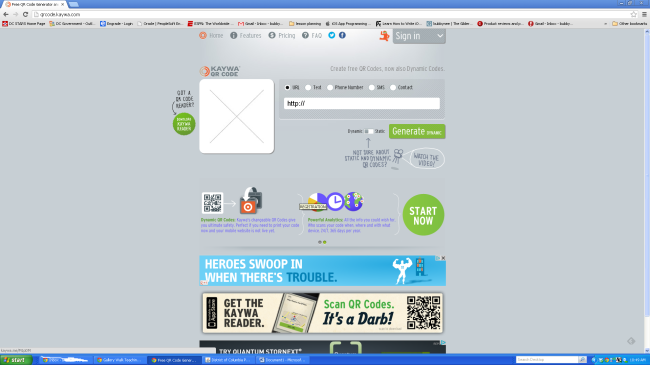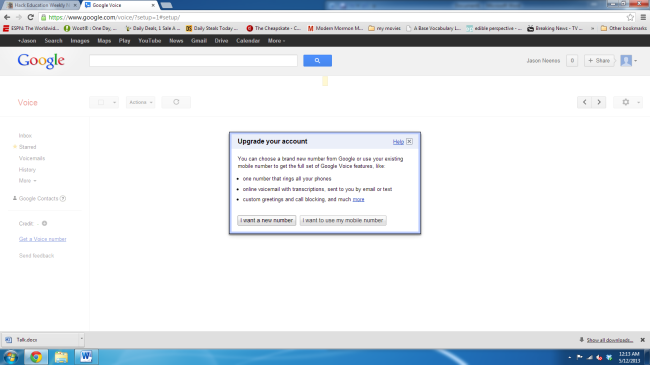So first off, so my follower(s) for the long delay between post. Since the last post: My wife gave birth to our first kids, yes kids; we then moved across the country. To top that all off, I started a new job. Originally I had been interviewing for regular classroom teaching positions. Once again, it’s all about who you know though. An old friend of mine told me of a technology trainer position that was opening up in his district. After much editing of resume and long delays with their HR department I was hired. Yes I have my dream job. So far, it’s been quite nice.
but on to the real reason why you are here. Socrative is a student response system. I remember years ago (3 years ago to be exact), my wife talking about student response clickers her school bought. The only problem is that they were difficult to use and required proprietary software. On top of that they were expensive meaning that they only had a few sets for the entire school. Socrative eliminates that problem. Using a smart mobile device or a computer browser, Socrative puts a response system into every students hand. If I were in the classroom today, I would be using this to facilitate my warm ups as I teacher can create a multiple choice, true/false, or short answer quiz and have the students take it when they walk into class. On top of that, Socrative then grades the quiz (mc or t/f, short answer you still have to grade yourself) and spits out a nice Excel spreadsheet of scores for you. The best part about this system, FREE. So take a look at a training video explaining Socrative I put together for my application to my current job.
Power On!






